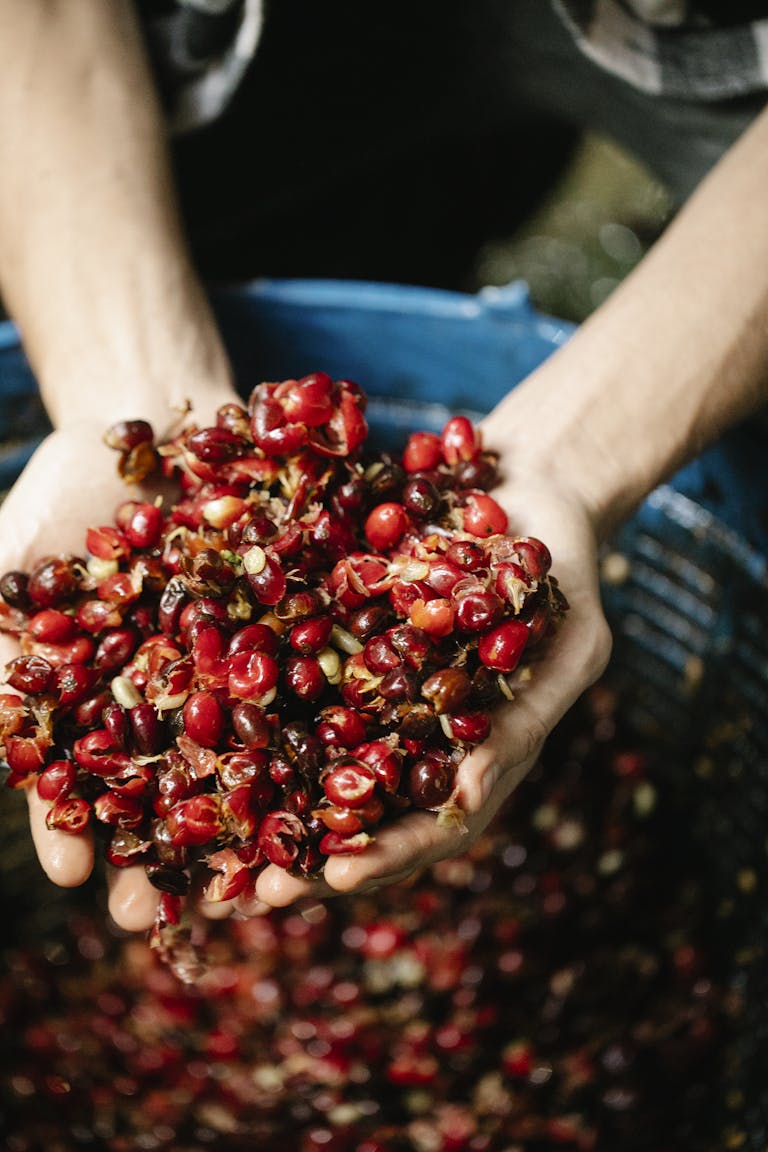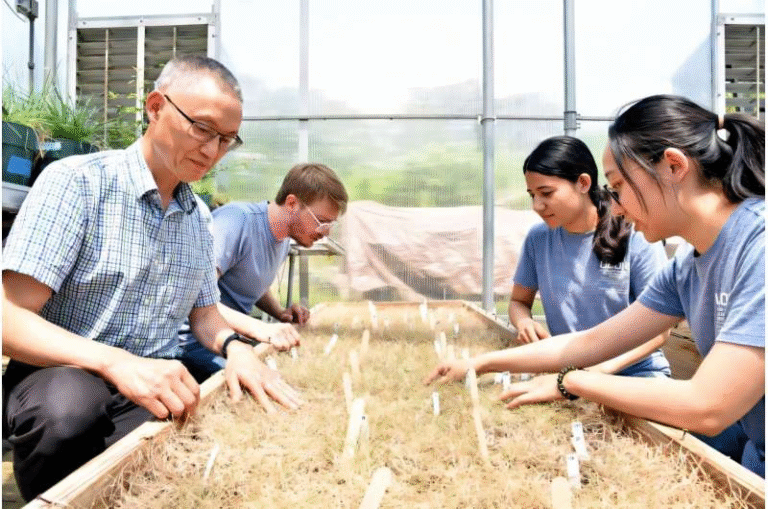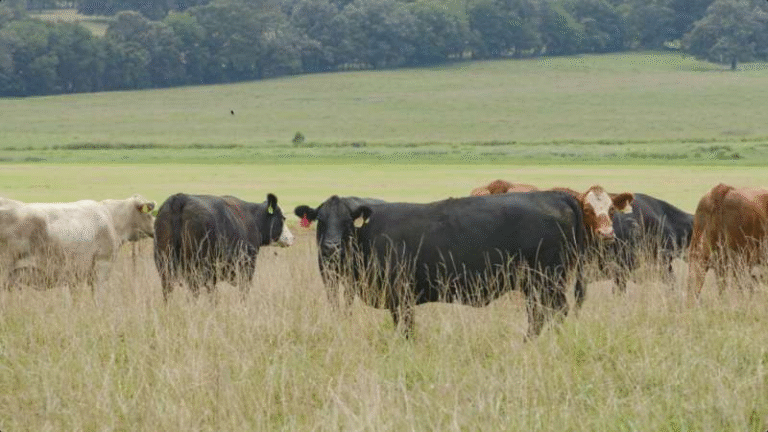Risk-Averse Farmers May Hold the Key to Sustainable Aviation Fuel if Incentives Are Designed Right

A new study from the University of Illinois at Urbana-Champaign has taken a deep dive into how different types of carbon payment policies can influence American farmers’ willingness to grow crops for sustainable aviation fuel (SAF). The research, published in Applied Economic Perspectives and Policy (2025), explores how payment timing, risk aversion, and regional factors could determine whether SAF can truly take off as a large-scale, low-carbon energy solution.
Why Aviation Needs a Biofuel Boost
The aviation sector is one of the toughest to decarbonize. Planes can’t simply plug into batteries the way electric cars do. Instead, the industry is banking on sustainable aviation fuel, or SAF, made from biological sources such as corn stover, switchgrass, and miscanthus.
SAF has the potential to cut carbon emissions by as much as 70% compared to fossil jet fuel. However, scaling up production is not as easy as planting a few new crops. Many of the plants suitable for bioenergy—like miscanthus, a tall, high-yielding grass—come with high upfront costs and uncertain returns. Farmers, who already juggle risks from weather and markets, may not see these crops as a safe bet.
This is where the new Illinois study steps in: by asking what kind of financial incentives can actually persuade risk-averse, credit-constrained, or present-biased farmers to make the leap into bioenergy production.
What the Researchers Did
The study was conducted by Fahd Majeed, Manoj Khanna, and Ruichuan Miao at the Center for Advanced Bioenergy and Bioproducts Innovation (CABBI). Their team created a spatially detailed economic model that simulates how different types of farmers across the U.S. rainfed region might respond to SAF incentives.
The model included county-level variations in both crop yield and price risk, allowing the researchers to capture real-world conditions rather than assume uniform productivity across regions. They compared three main bioenergy feedstocks:
- Corn stover (the leftover stalks and leaves from corn harvests)
- Switchgrass (a hardy perennial that grows on marginal land)
- Miscanthus (a high-yield but riskier perennial)
Farmers were divided into categories based on their behavioral tendencies: those who are risk-averse, credit-constrained, or present-biased (preferring immediate rewards over future gains).
The researchers then modeled three carbon payment scenarios to see how farmers would respond:
- No carbon payment (baseline)
- Annual carbon payments (smaller, ongoing payments each year)
- Upfront carbon payments (a lump sum at the start)
The analysis also examined how these payment designs interact with biomass prices, using a baseline of $60 per metric ton—roughly equivalent to $1.25 per liter of SAF.
What the Study Found
Without any carbon payments, farmers largely avoided growing risky crops like miscanthus, even though it offers the greatest carbon mitigation potential. Instead, they leaned toward safer, lower-yield options like switchgrass and corn stover.
The results showed that risk-averse farmers tend to prioritize stability over potential profit. This means that even if miscanthus could earn them more in the long run, its upfront cost and uncertain yield made it unattractive.
When annual carbon payments were introduced, farmers became more willing to produce feedstocks like corn stover and switchgrass, resulting in a higher total SAF output. These yearly payments helped offset risk because they provided a predictable, recurring income stream.
However, when the incentive was shifted to upfront payments, the dynamic changed. Lump-sum payments encouraged more farmers to take on the risk of planting miscanthus, the crop that produces lower-carbon-intensity fuel but requires higher initial investment.
In other words:
- Annual payments = more overall SAF volume from low-risk crops
- Upfront payments = less total volume, but greater carbon reduction per liter of fuel
This tradeoff suggests that the design of carbon payments can be fine-tuned depending on what policymakers value more—quantity (more fuel) or quality (greater carbon savings).
How Location Shapes the Results
Because the model considered regional differences, the researchers could map out county-level adoption patterns for each feedstock under different payment schemes.
- Under no carbon payment, adoption was sparse, with production limited to areas where biomass prices or yields were naturally higher.
- Under annual payments, corn stover and switchgrass dominated much of the Midwest, indicating farmers favored safer feedstocks when given stable incentives.
- Under upfront payments, miscanthus adoption increased notably, especially in regions where long-term profitability outweighed early cost barriers.
This spatial analysis helps policymakers visualize where different payment strategies would be most effective—crucial for regional planning and biofuel supply chain development.
Implications for Policy and Industry
The study’s key takeaway is that one-size-fits-all incentives won’t work. Farmers aren’t identical, and their responses to incentives depend heavily on risk tolerance, access to credit, and how much they value immediate versus delayed returns.
If governments or industries want to boost SAF feedstock production, they need to match payment design to farmer behavior:
- Annual payments may suit risk-averse or credit-limited farmers who need consistent income.
- Upfront payments could attract those willing to invest in higher-risk, higher-reward crops like miscanthus.
The research also highlights that simply increasing biomass prices isn’t enough. Without addressing risk and financing barriers, many farmers will continue to avoid high-potential energy crops.
These findings can help shape smarter carbon payment programs under federal or state climate initiatives, potentially guiding the U.S. toward cost-effective and scalable SAF production.
Why This Matters Beyond Farming
SAF is one of the most promising tools for decarbonizing aviation, a sector responsible for about 2–3% of global CO₂ emissions. While electric planes and hydrogen-powered aircraft are still in development, bio-based fuels can be used in existing engines today.
However, feedstock availability remains the biggest constraint. Producing enough SAF to meet aviation demand would require millions of hectares of dedicated crops—something that can’t happen unless farmers are properly incentivized.
By understanding how risk, behavior, and payment structure affect adoption, this study gives policymakers the data they need to design realistic, farmer-friendly climate programs that make bioenergy both profitable and sustainable.
A Broader Look at Bioenergy Crops
To appreciate the study’s importance, it helps to know a bit more about the three feedstocks analyzed:
- Corn stover is already widely available as a byproduct of corn harvests. It’s low-risk but limited in quantity. Removing too much stover can also reduce soil health, so sustainability practices matter.
- Switchgrass is a perennial that grows well on marginal land. It doesn’t need intensive fertilizers and provides habitat for wildlife, making it a strong candidate for eco-friendly biofuel production.
- Miscanthus, though expensive to establish, can yield two to three times more biomass per hectare than switchgrass and sequesters more carbon in its roots and soil. Its main challenge is that it takes several years to reach full productivity, which tests farmers’ patience and financial endurance.
Each crop has tradeoffs, and the study demonstrates how incentive design can help balance those tradeoffs to meet both economic and environmental goals.
Limitations and Future Outlook
Like any model, this one simplifies reality. It assumes that farmers behave consistently within certain risk categories and that markets for biomass and SAF remain stable. It also doesn’t directly tackle logistics, land-use competition, or conversion technology costs, which are crucial in the real world.
Still, the research provides a valuable foundation for designing targeted, efficient incentives that recognize how farmers actually think and operate. The authors note that future studies could expand to include irrigated regions, regional cooperatives, or even international applications.
As countries ramp up their commitments to net-zero aviation, understanding the human side of bioenergy adoption will be just as important as perfecting the technology itself.
Research Reference:
Fahd Majeed, Manoj Khanna, and Ruichuan Miao, Designing Cost-Effective Carbon Payments to Induce Cellulosic Feedstock Production for Sustainable Aviation Fuel, Applied Economic Perspectives and Policy (2025). https://doi.org/10.1002/aepp.70025





